Latest User stories
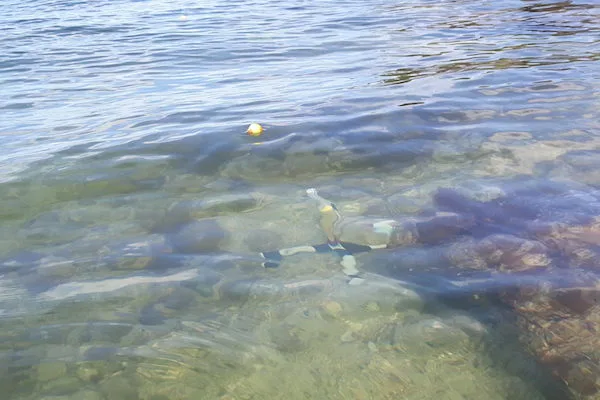
RBRsolo³ D | Depth Loggers deployed in research on wave transmission through mangrove forests
Learn More (RBRsolo³ D | Depth Loggers deployed in research on wave transmission through mangrove forests)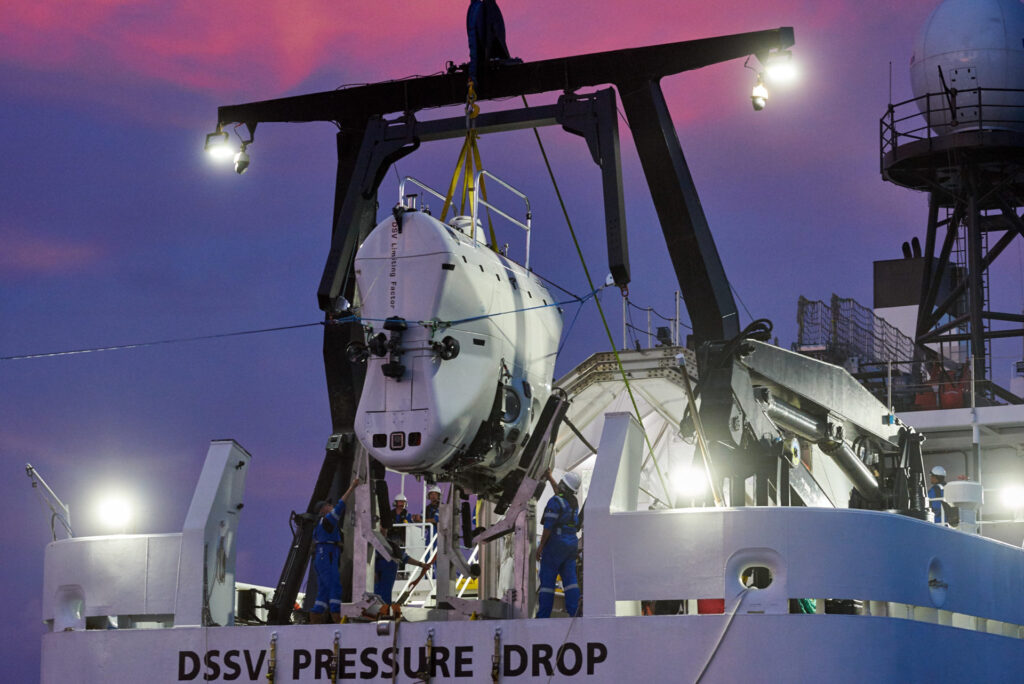
How deep is the ocean? Mapping, measuring, and diving to the Mariana Trench’s Challenger Deep
Learn More (How deep is the ocean? Mapping, measuring, and diving to the Mariana Trench’s Challenger Deep)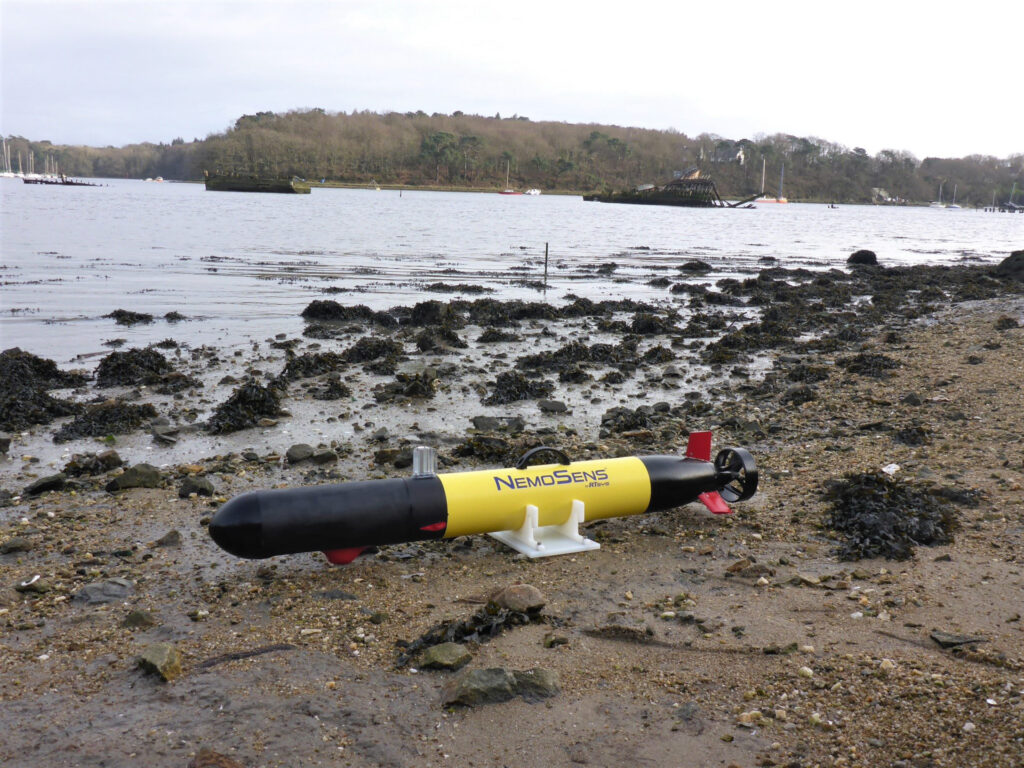
RBRlegato³ C.T.D & RTSYS NemoSens
Learn More (RBRlegato³ C.T.D & RTSYS NemoSens)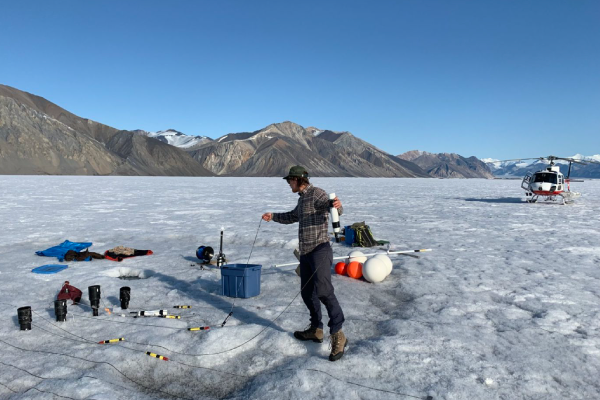
RBR instruments study sea level rise in the Canadian Arctic
Learn More (RBR instruments study sea level rise in the Canadian Arctic)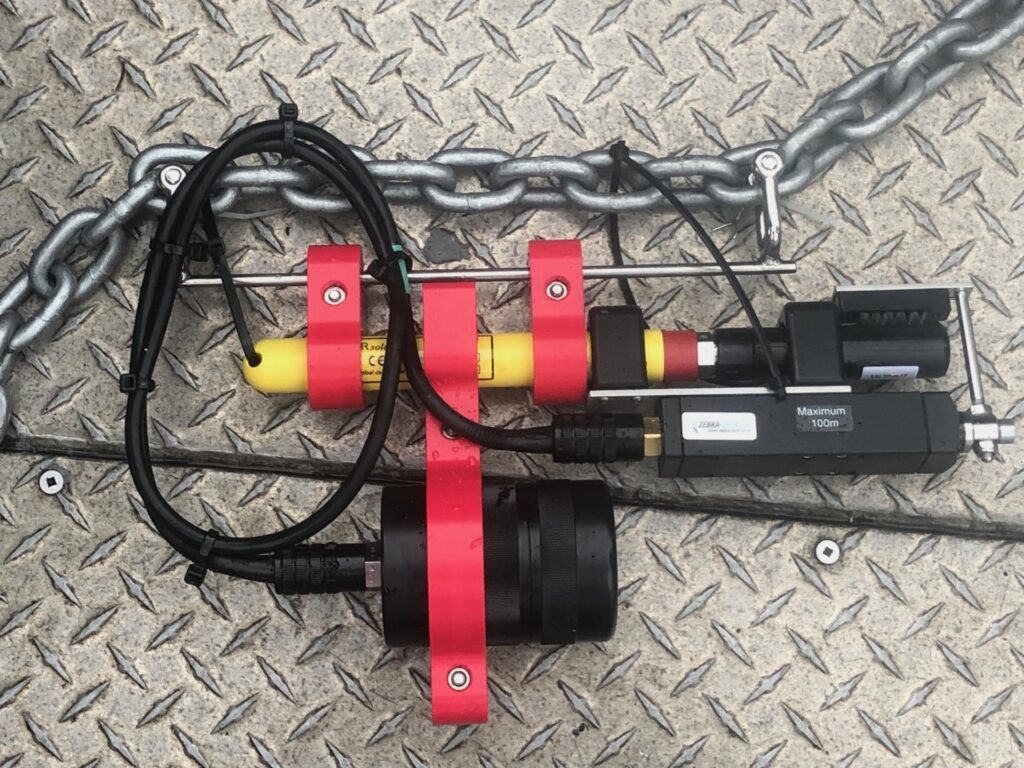
The Nature Trust of British Columbia and Coastal First Nations deploy RBR loggers to enhance sustainability of wild BC fish stocks
Learn More (The Nature Trust of British Columbia and Coastal First Nations deploy RBR loggers to enhance sustainability of wild BC fish stocks)
RBRquartz³ Q bottom pressure recorders resolve small-scale changes in water level across a coral reef to determine roughness over complex terrain
Learn More (RBRquartz³ Q bottom pressure recorders resolve small-scale changes in water level across a coral reef to determine roughness over complex terrain)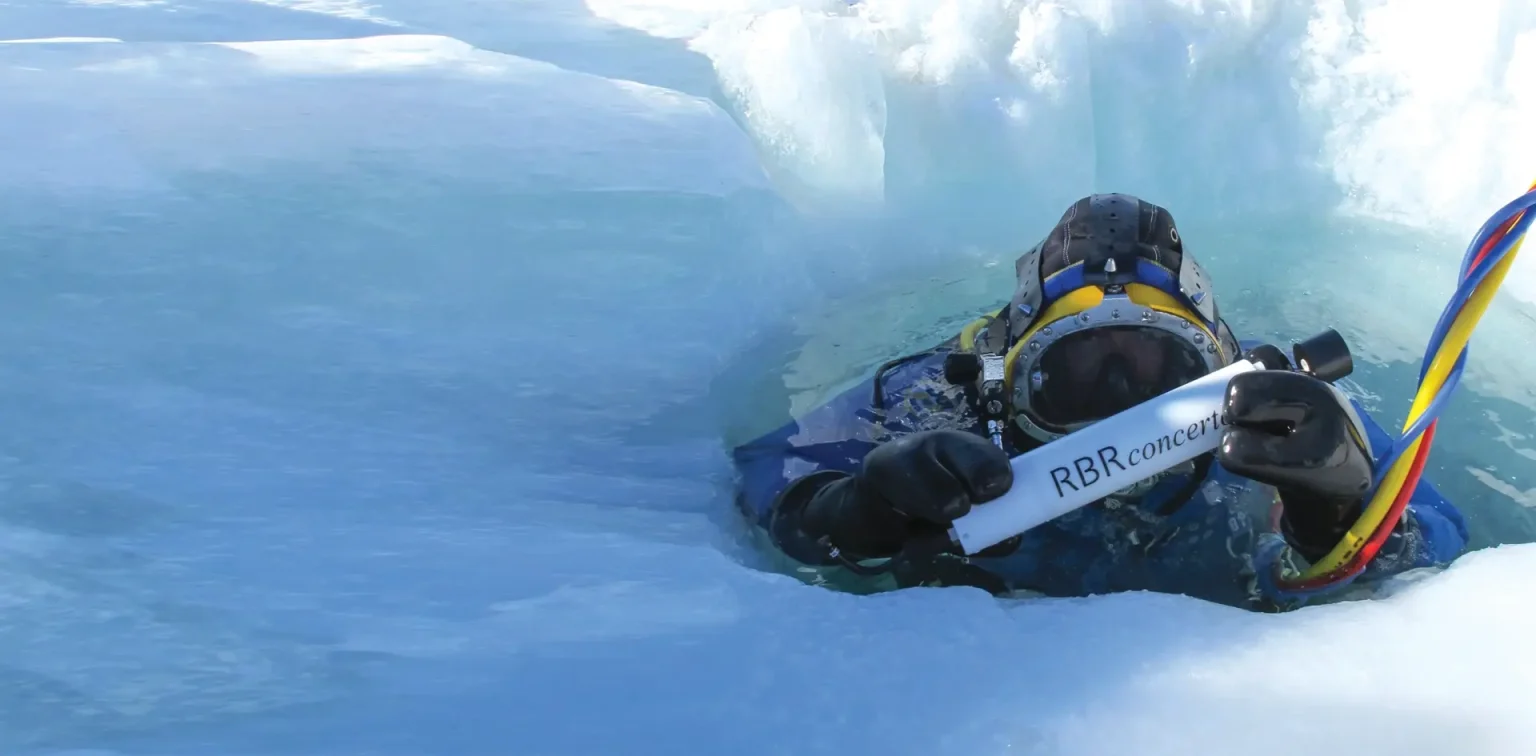
Ready to dive in? Contact us today.
We partner with passionate oceanography and water quality experts worldwide to ensure you receive excellent local customer service, sales, and support.
Get started